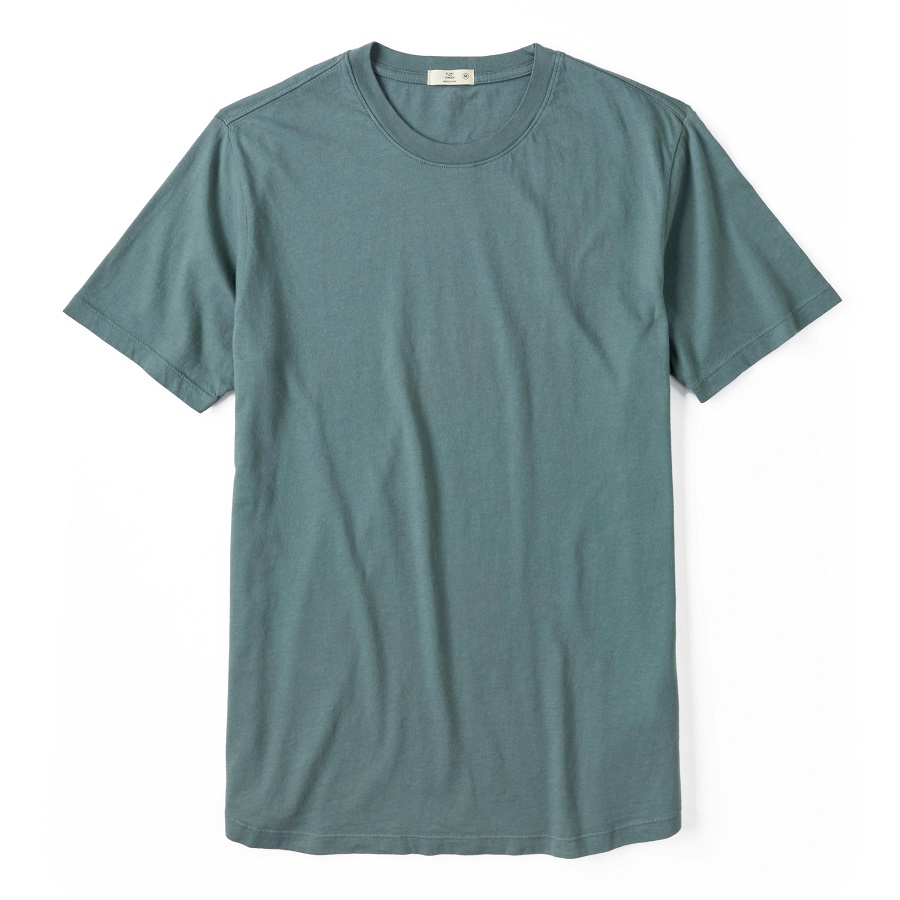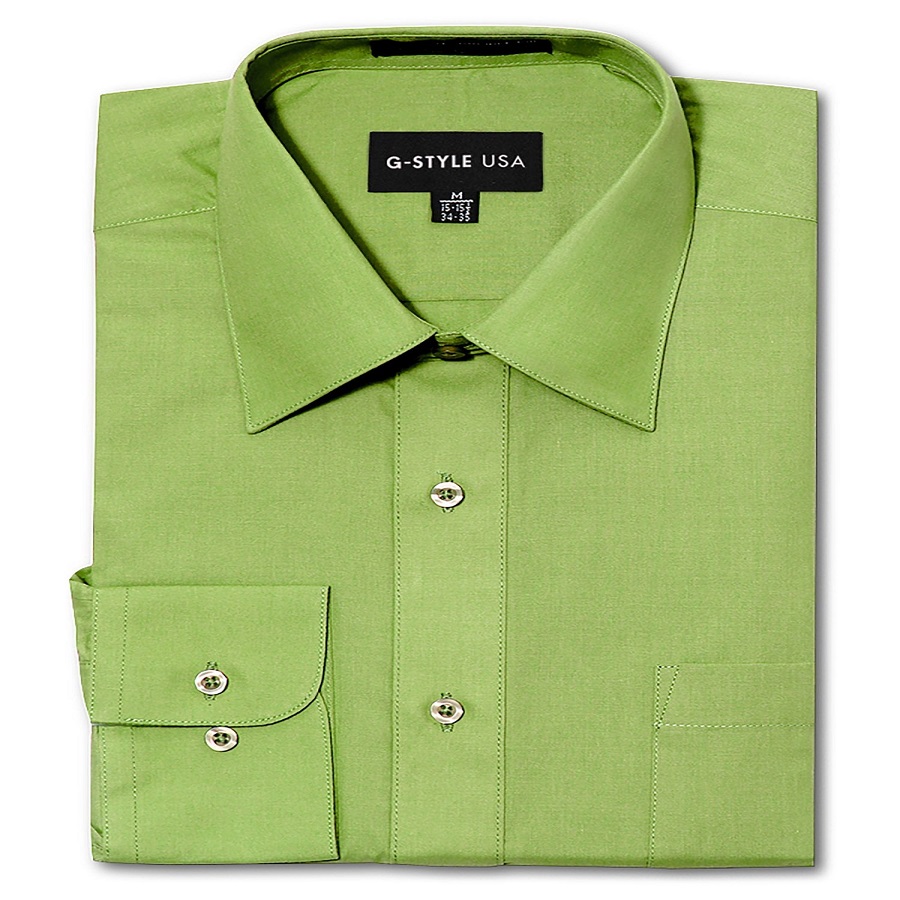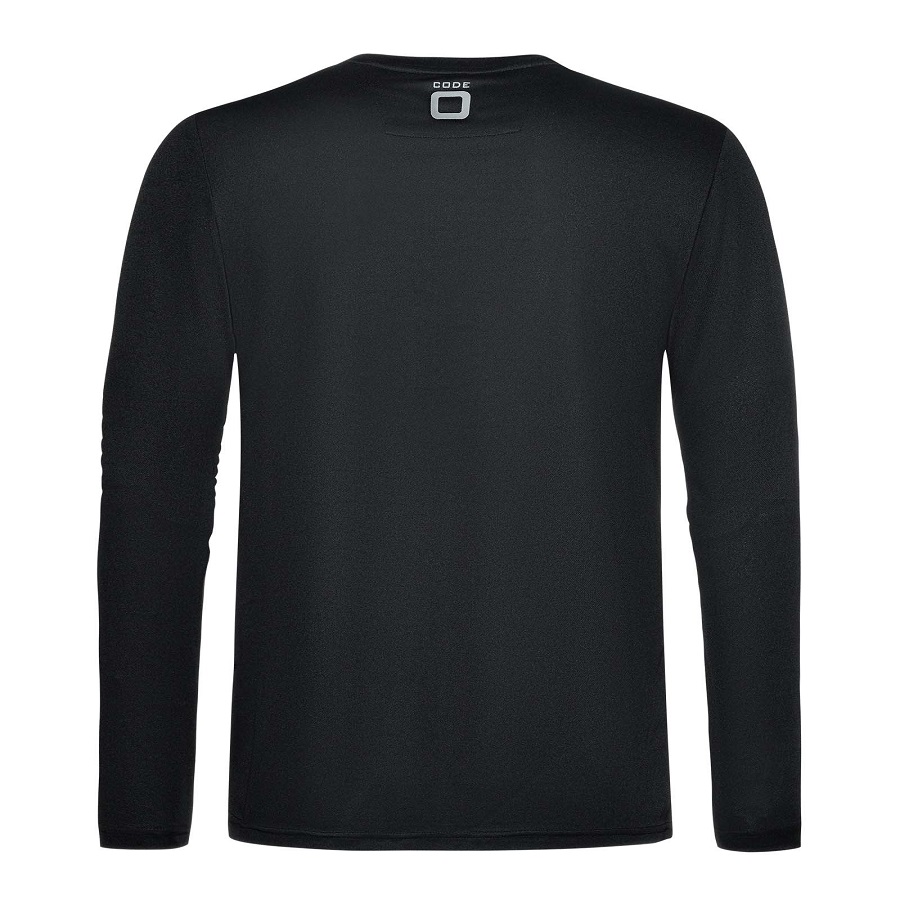Understanding Hemming Basics
Hem of shirt is a fundamental skill for shirt tailoring. It involves adjusting the hem of a shirt to the desired length and securing it to prevent unraveling. Understanding the basics lays the groundwork for achieving a crisp, professional finish. First, recognize that the hem is not just a simple fold; it’s where the fabric edge meets function and style. It serves to protect the fabric from wear and provides a clean, intentional line to your garment. Moreover, a well-executed hem can make or break the look of a shirt.

Tools and Materials Needed for Hemming Shirts
Before tackling the hem of a shirt, gather all the necessary tools and materials. Here’s what you’ll need for a successful hemming project:
- Measuring tape: Essential for accurate measurement of the desired hem length.
- Fabric scissors: Sharp scissors are a must for clean cuts on the fabric.
- Straight pins: Use these to hold the fabric in place before sewing.
- Iron and ironing board: Pressing the fabric ensures a crisp fold for the hem.
- Sewing machine or needle and thread: Depending on your preference, you can machine-stitch or hand-sew the hem.
- Matching thread: Select a color that blends well with the shirt to maintain a professional look.
- Seam ripper: Handy for correcting mistakes or removing an old hem.
- Tailor’s chalk or fabric marker: Useful for marking the fabric without leaving permanent stains.
Make sure to choose quality materials that are suitable for the fabric of the shirt. Take time to prepare these items before starting the hemming process. With the right tools at your disposal, you’re set to create a hem that is both sturdy and visually appealing. Remember, careful preparation can make a significant difference in the outcome of your hemming efforts.
Prepping the Shirt for Hemming
To ensure a perfect hem of a shirt, proper preparation is key. Start by washing and drying the shirt; this pre-shrinks the fabric, helping to avoid future distortions after hemming. Iron the shirt thoroughly, eliminating wrinkles that could interfere with pinning and measuring. Once the shirt is pressed, put it on or use a mannequin to gauge where the new hem should lie. Make sure the length is even all around, using a measuring tape for accuracy.
Step-by-Step Shirt Hemming Process
Following the proper steps is crucial for hemming the hem of a shirt effectively. Here’s a straightforward guide to the process:
- Measure the Length: Determine the new hem length using a measuring tape. Mark this length with chalk or a fabric marker.
- Trim Excess Fabric: If necessary, carefully cut away excess fabric above the new hem line, leaving enough for a fold.
- Fold the Hem: Fold the fabric twice to the inside of the shirt, concealing raw edges. The first fold should be about half an inch, followed by a second fold that reaches your marked line.
- Press the Fold: Use an iron to press the fold flat. This step is key for a crisp hem.
- Pin in Place: Secure the fold with straight pins, evenly spaced along the hem.
Carry out these steps with patience and attention to detail. This will help you achieve a professional and lasting hem for your shirt.

Tips for Achieving a Professional Hem
Achieving a professional hem on a shirt requires precision and a few insider tricks. Here are some tips to help you master the hem of a shirt:
- Measure Accurately: Consistency is key. Use a measuring tape to ensure the hem is even all around.
- Use Quality Thread: A strong, color-matched thread will blend with the fabric and enhance durability.
- Straight Stitching: When sewing, keep your stitches straight and uniform for a tidy appearance.
- Iron as You Go: Pressing the hem after each fold prevents puckering and helps maintain a clean edge.
- Test Fabric First: Try out stitches on a scrap piece of the shirt’s fabric to adjust tension and stitch length.
These tips, when followed closely, can greatly increase the likelihood of achieving a hem that looks professional and is long-lasting. Remember, the quality of your hem can significantly influence the overall aesthetic of the shirt. So, take your time and pay attention to detail throughout the process.
Common Hemming Mistakes to Avoid
Avoiding mistakes is crucial for a professional hem on a shirt. Here are some common errors to watch out for:
- Cutting Too Much Fabric: Never cut the fabric before measuring twice. It can lead to a hem shorter than desired.
- Skipping the Ironing Step: Failing to press the folds can result in a messy look. Always iron your folds for a sharp edge.
- Uneven Hemming: Make sure the hem is even all around. An uneven hem can ruin a shirt’s look.
- Incorrect Thread Tension: Too tight or loose tension can cause puckering or weak seams. Test on scrap fabric first.
- Neglecting to Pre-wash: Fabric can shrink. Always pre-wash the shirt to avoid future fitting issues after hemming.
- Using Old Needles: Blunt needles can damage the fabric. Use a sharp needle for smooth sewing.
- Mismatched Thread Color: Using the wrong thread color can stand out. Match the thread to the shirt fabric.
Keep these points in mind to avoid common pitfalls and ensure a neat, professional hem for your shirt.

Maintaining Hemmed Shirts: Washing and Ironing Tips
Maintaining the quality of a hemmed shirt requires proper care. Here are key washing and ironing tips to keep your shirt looking sharp.
Washing Tips for Hemmed Shirts
- Turn the Shirt Inside Out: This protects the hem from friction and abrasion.
- Use Gentle Cycle: Choose a gentle wash cycle to minimize stress on the fabric.
- Cold Water is Best: Cold water prevents shrinkage and protects the hem’s integrity.
- Avoid Bleach: Bleach can weaken the fabric and stitching of the hem.
- Dry Carefully: Hang dry or use a low heat setting to prevent damage to the hem.
By following these guidelines, you’ll extend the lifespan of your shirt’s hem.
Ironing Tips for Hemmed Shirts
- Iron on the Right Side: Start on the inside and then iron the hem on the outside for a crisp edge.
- Use Correct Temperature: Adjust the iron’s temperature to match the shirt’s fabric.
- Avoid Direct Heat on Hem: Ironing directly on the stitches can leave marks.
- Use Steam for Best Results: Steam helps remove wrinkles and sets the hem nicely.
With care, the hem of your shirt will stay in great condition, wash after wash.
When to Seek Professional Tailoring Services
While learning to hem the hem of a shirt can be rewarding, there are times when seeking professional tailoring services is the best course of action. If you encounter the following situations, consider turning to an expert tailor for help:
- Complex Fabrics: Some materials are tricky to work with. If your shirt is made of delicate or slippery fabric, a tailor’s expertise ensures a perfect hem.
- Specialty Hems: Certain shirt designs require advanced hemming techniques. A professional can handle curved hems and other unique styles with ease.
- Time Constraints: If you lack the time to hem your shirts properly, it’s wise to outsource the task. Tailors can deliver quality results quickly.
- Lack of Confidence: If you’re not sure about your hemming skills, a tailor can guarantee a high-quality finish. This is especially important for dress shirts or formal wear.
- Multiple Shirts: Hemming several shirts can be overwhelming. A tailor can tackle bulk orders efficiently, saving you time and ensuring consistency.
- Durability: For a hem that lasts, professional seams are the way to go. Tailors have the equipment and techniques to create durable hems.
Remember, professional services may cost more, but the superior results often justify the expense. When in doubt, weigh the importance of the shirt against the cost of tailoring. For key items in your wardrobe, investing in professional hemming can keep your shirts looking their best for years to come.

